After the administrative merger that took effect from July 1, Vietnam's tourism map has also seen many interesting changes. Among them is the appearance of "2 in 1" provinces, with both majestic mountains and forests, and blue sea and white sand, opening up a rich tourism journey, where visitors can experience many landscapes and emotions in one trip.
Lam Dong : Cloud hunting in the morning, diving in the afternoon
After merging with the two provinces of Binh Thuan and Dak Nong, the new Lam Dong province is not only limited to plateaus and pine forests, but also extends to the more than 190km long coastline of Binh Thuan, where there is Mui Ne, Phan Thiet, Phu Quy island...
It can be said that the new Lam Dong after the merger has become a "miniature inter-regional tourism" province and the sea tourism spots are the gifts in the middle of the ocean that this province possesses.

Da Lat is a year-round tourist destination (Photo: Anh Dao).
The combination of highland climate and tropical sea gives Lam Dong the potential to make a strong breakthrough in tourism, when integrating both highland characteristics and sea advantages.
With the existing infrastructure foundation, the reputation of Da Lat in the tourism industry, along with the natural resources of Binh Thuan and Dak Nong, Lam Dong province after the merger is expected to become a new tourist center of the South Central Coast - Central Highlands region.

Phu Quy is famous for its wild beauty and is increasingly popular with tourists (Photo: Hoai An).
Many people jokingly say that Lam Dong will be the place where they can "welcome the sunrise on the island, have lunch in the pine forest and sleep overnight in the cold fog".
Khanh Hoa: Bustling Nha Trang - Pristine Vinh Hy
After merging with Ninh Thuan, the (new) Khanh Hoa province significantly expanded its southern coastline, stretching from Nha Trang through Cam Ranh, reaching Vinh Hy Bay - one of the most beautiful and pristine bays in Vietnam.
The highlight of this new land is the presence of Nui Chua National Park - a famous destination that used to be in the old Ninh Thuan area, which is a conservation area of over 106,000 hectares, including sea, mountains, forests and a typical semi-desert ecosystem.
This place is known as the only dry forest in Vietnam, but it possesses diverse and rich vegetation, with thousands of rare species of flora and fauna, and coral reefs close to the coast that are preserved almost intact.

Vinh Hy possesses beautiful natural scenery with clear blue sea and majestic rocky cliffs (Photo: Truong Yen Yen).
From Nha Trang, visitors can follow the beautiful coastal road through Cam Ranh, down to Vinh Hy to explore Nui Chua - where the forest and the sea seem to blend together, creating a spectacular coastal trekking route.
If you want a change of scenery, you can go up Khanh Le Pass to feel the cool breeze in the misty green forest or continue your journey to Hon Ba peak - known as the "second Da Lat" of the Central region - only a few dozen kilometers from the sea but offering a completely different experience.
Da Nang City: From My Khe Beach to Tra My Mountain
After Quang Nam and Da Nang provinces merged, Da Nang City (new) became a rare destination that fully converges the elements: Cultural heritage, sea, islands, mountains and forests, and unique indigenous life.
Not only Hoi An ancient town and famous traditional craft villages, this locality also extends to the unique seas and mountains in the South, expanding the range of experiences for tourists.

Hoi An Ancient Town is a destination not to be missed when visiting Da Nang City (Photo: Hong Diem).
During the day, visitors can stroll around Cua Dai beach, Tien Sa beach, My Khe beach, watch the sunrise on Cu Lao Cham... In the afternoon, visitors can climb up the slope to Tra My mountain, where the vast green forest, fresh air and the life of the mountain people still retain their simple, rustic look.

Tien Sa Beach in Da Nang City is famous for its poetic beauty (Photo: Kim Thanh).
It can be said that Da Nang City is currently a suitable place for tourists to take a journey combining relaxation, discovery and deep feeling of the culture and nature of Central Vietnam.
An Giang: Three landscapes in one province
The West has always been associated with the image of rivers, rice fields and fruit-laden orchards. Few people think that this land can become a destination that converges mountains, forests and islands. After An Giang and Kien Giang merged into one province, the journey to explore the Southwest region suddenly opened up unexpected and unique routes never seen before.

Phu Quoc is always in the top of famous beach tourist destinations in Vietnam (Photo: Tham Nguyen).
Tourists can start from Chau Doc, stroll around the mountain town, take the cable car to the top of Sam mountain, visit sacred pagodas and the green Tra Su cajuput forest, which used to be a symbol of An Giang tourism.
Next, visitors can head down to the sea to Ha Tien, and from here take a boat to Nam Du or Phu Quoc archipelago - the prominent green gems of Western island tourism.

The rich nature in Hon Son will become a new plus point for An Giang province (Photo: Phuc Hau).
Ta Pa, Cam Mountain, and cajuput forests in the heart of An Giang are now connected with the white sand beaches, clear blue bays, and rich seafood of Kien Giang, creating a rich and unique journey of forests, seas, and gardens that few provinces previously had at the same time.
Source: https://dantri.com.vn/du-lich/sang-san-may-chieu-tam-bien-nhung-tinh-2-trong-1-sau-sap-nhap-20250701175453300.htm


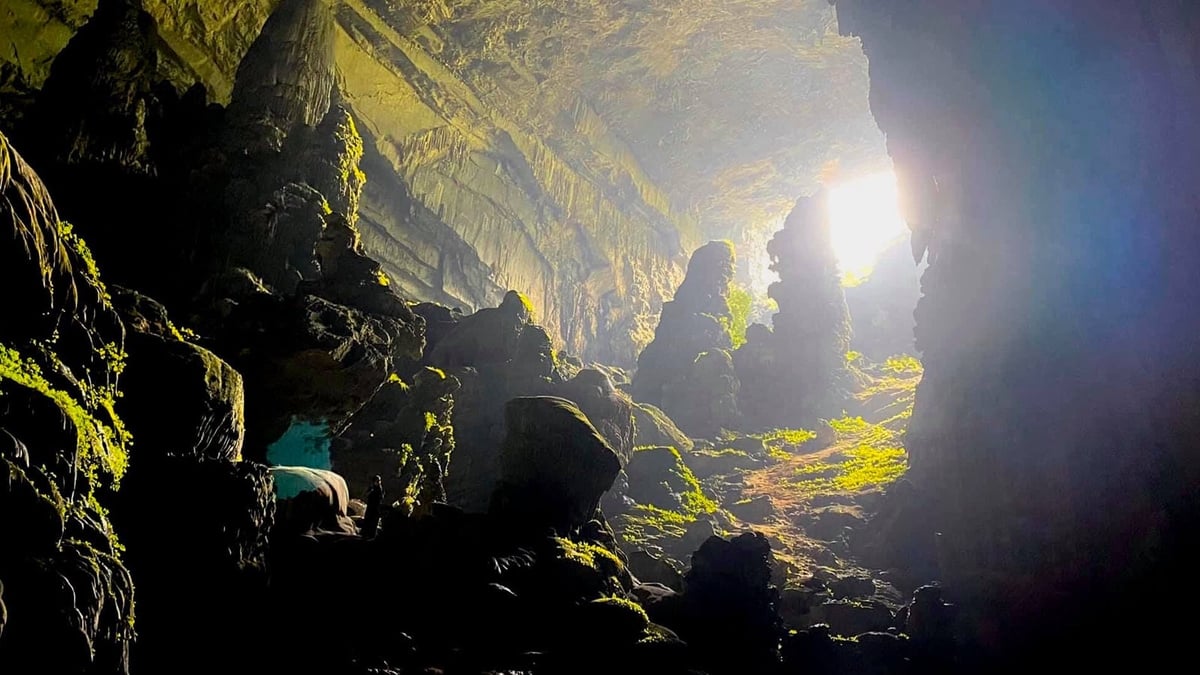

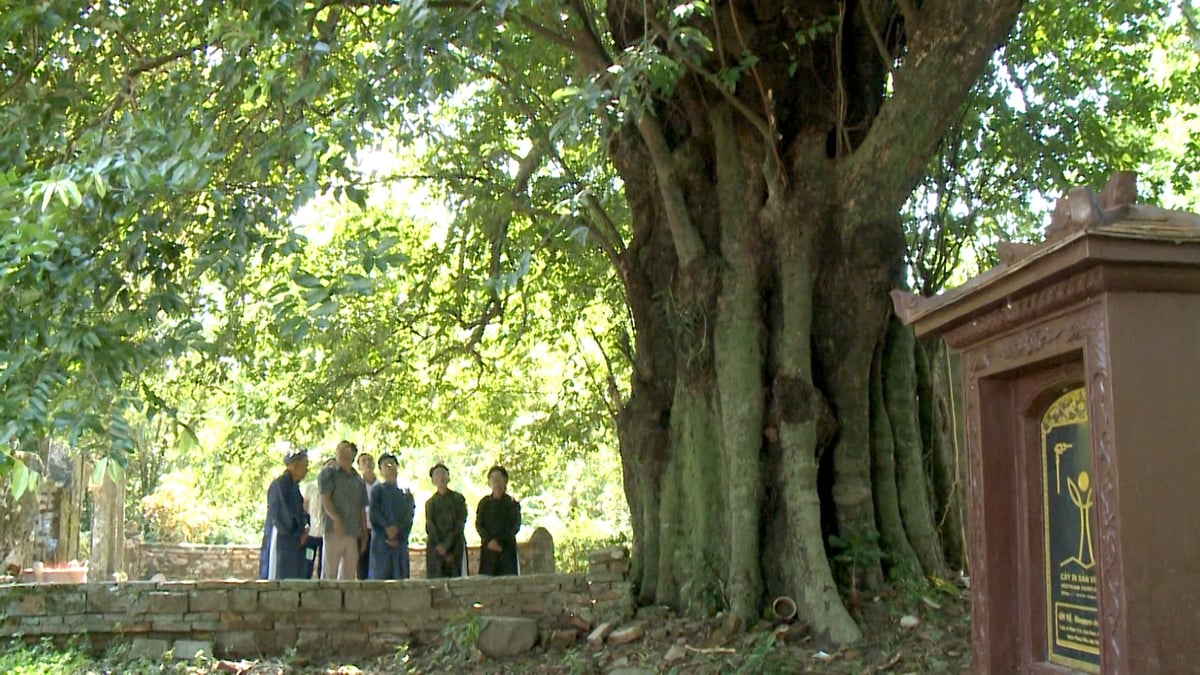

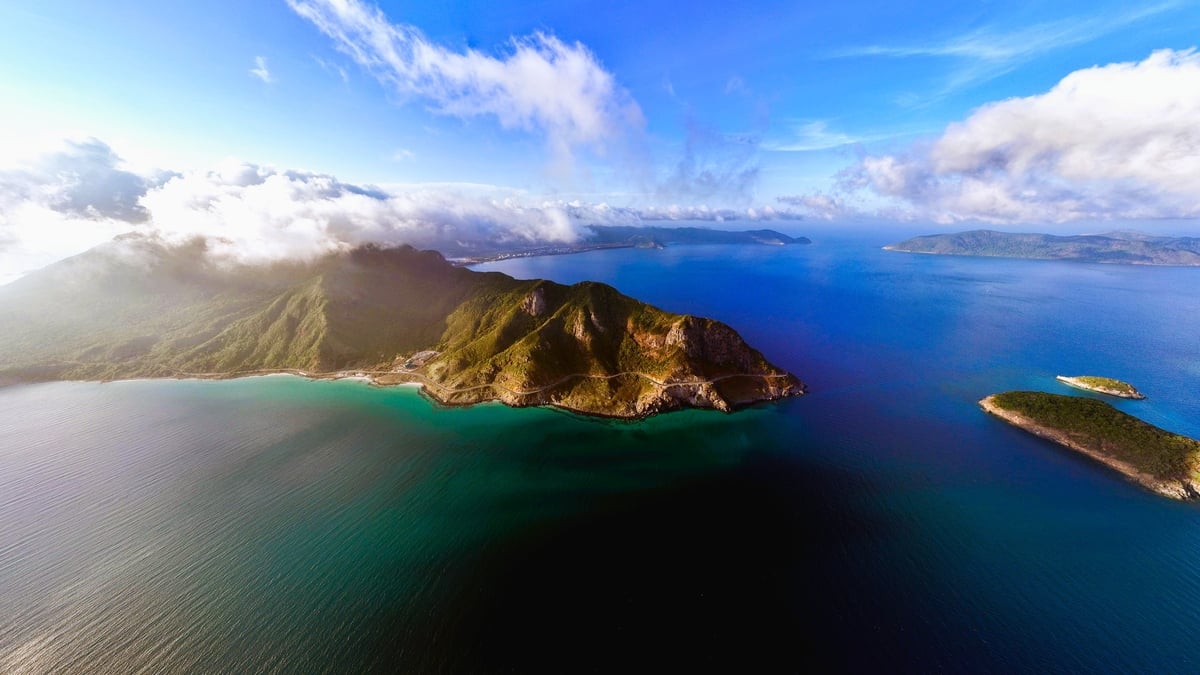
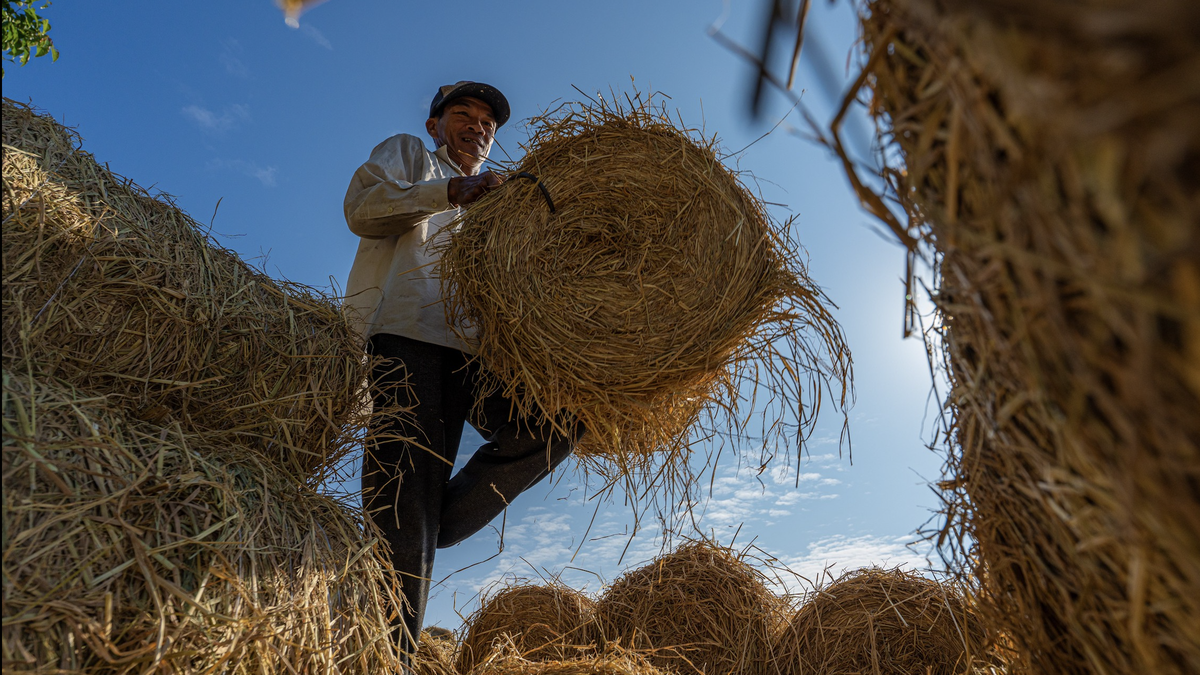
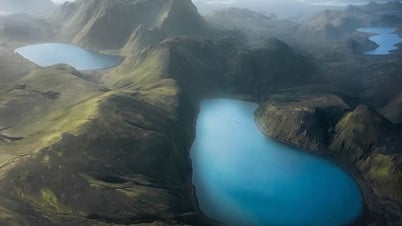

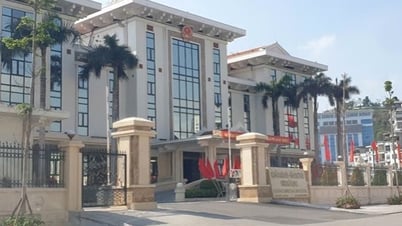







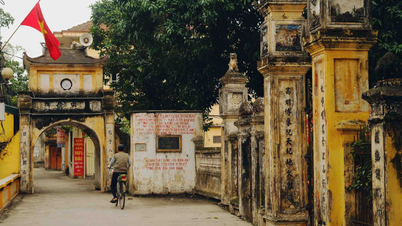
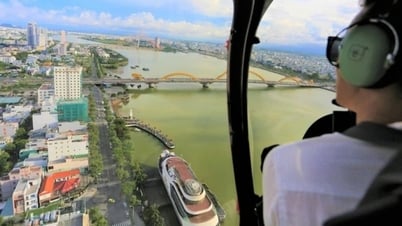
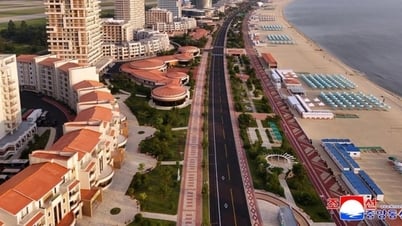

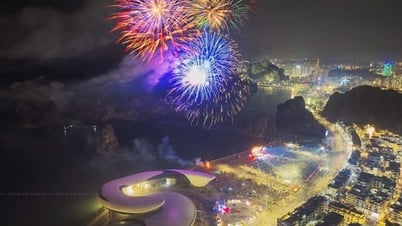

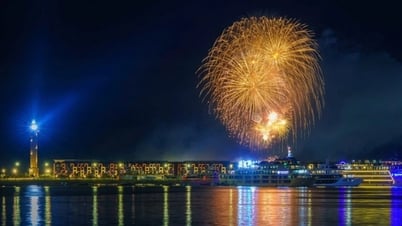











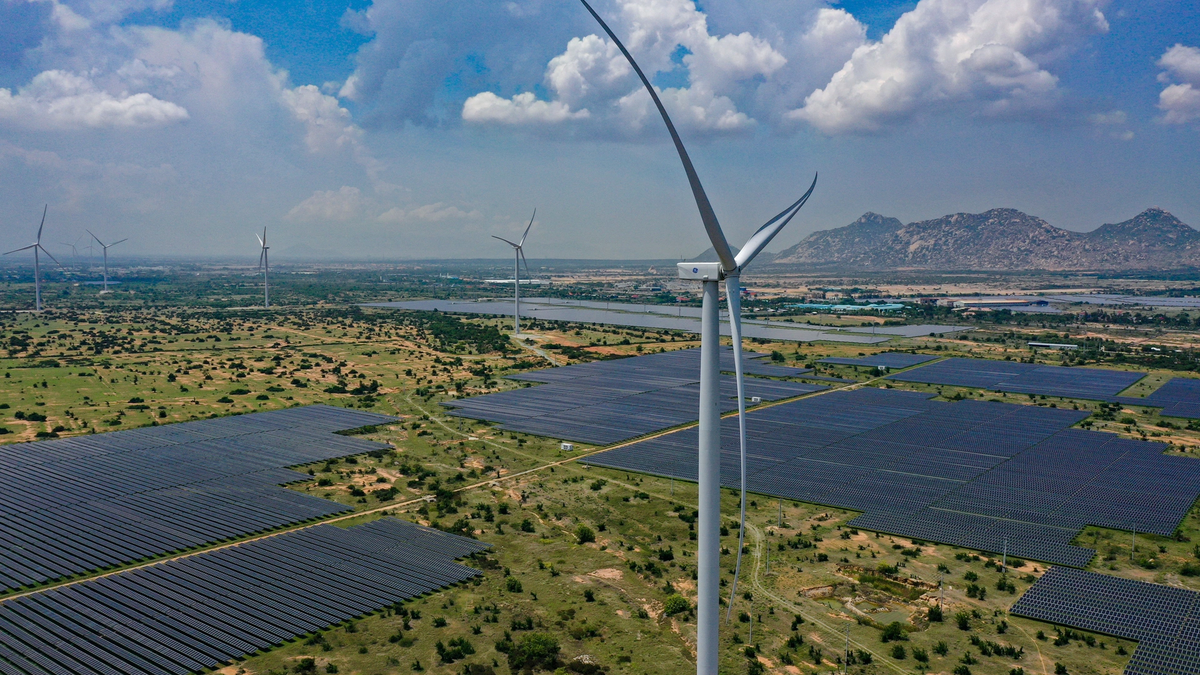
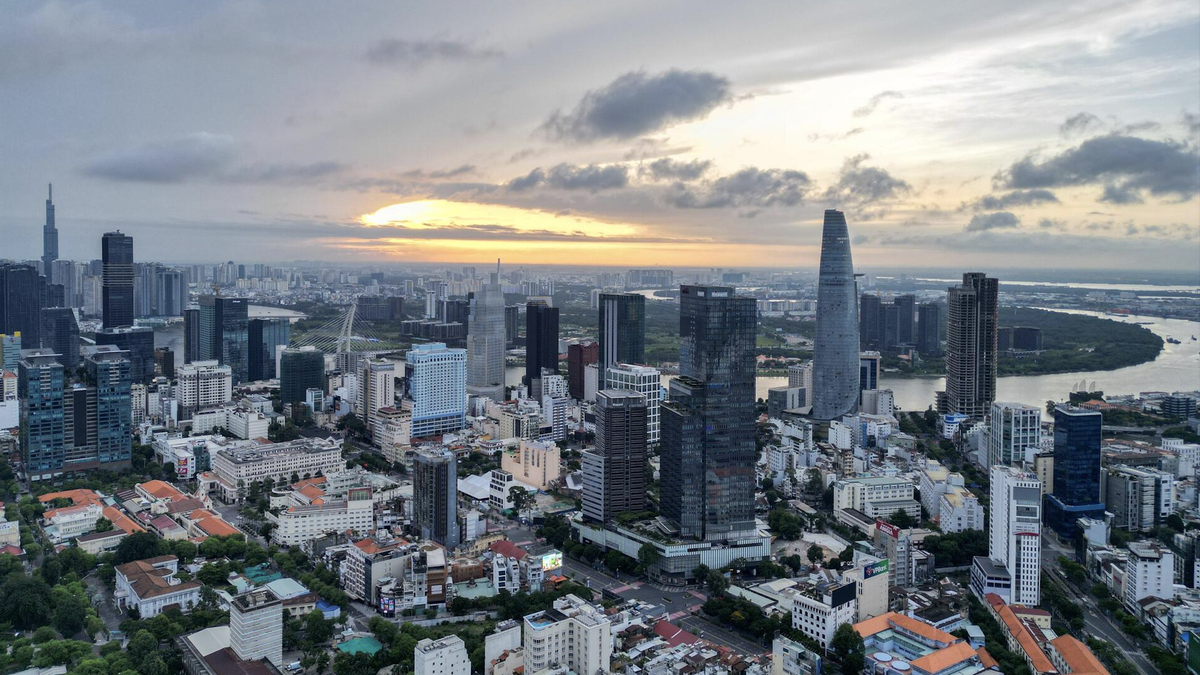
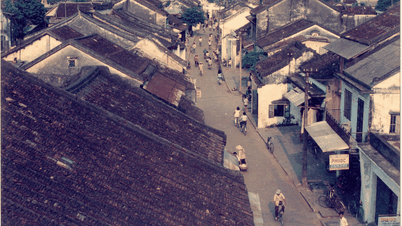



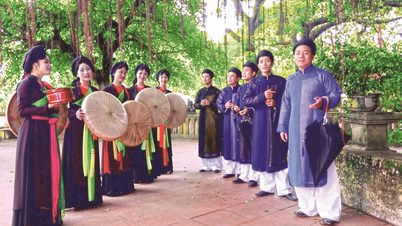

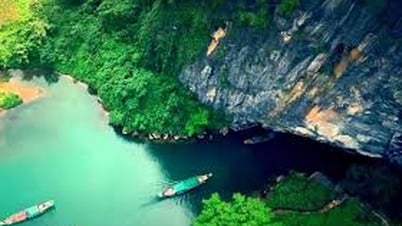

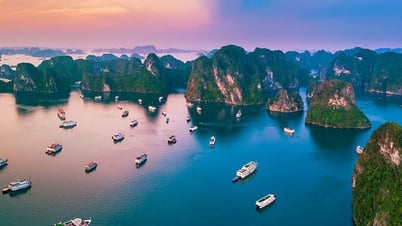






















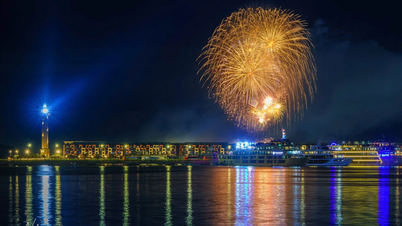



















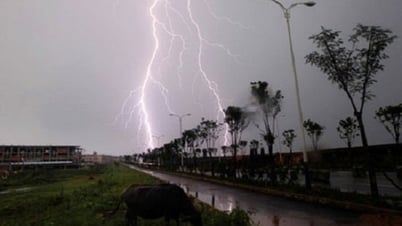
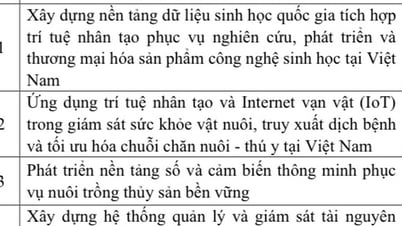







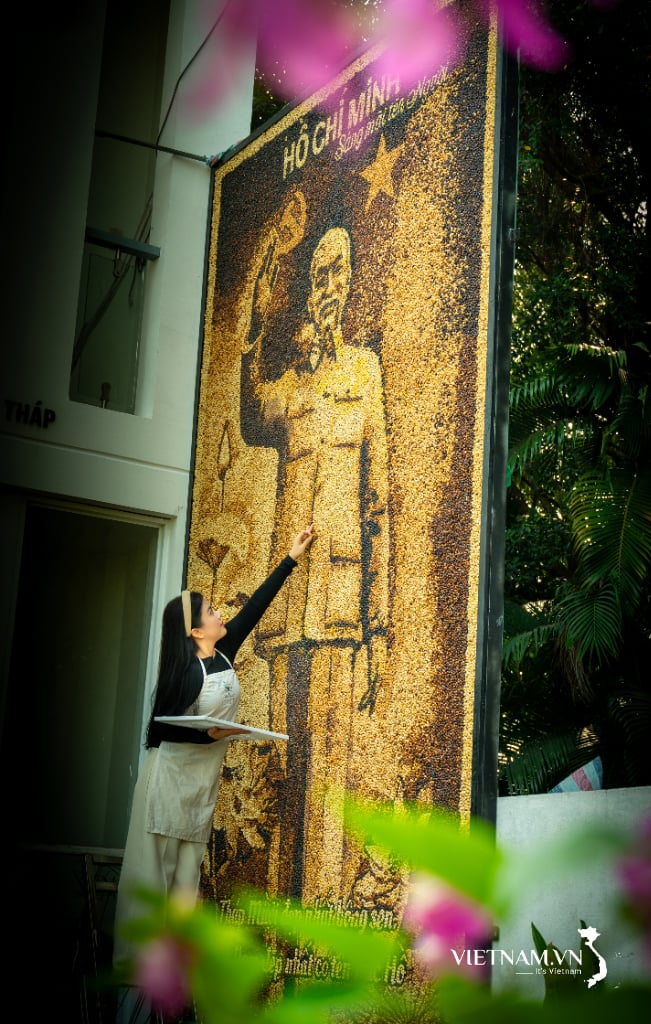
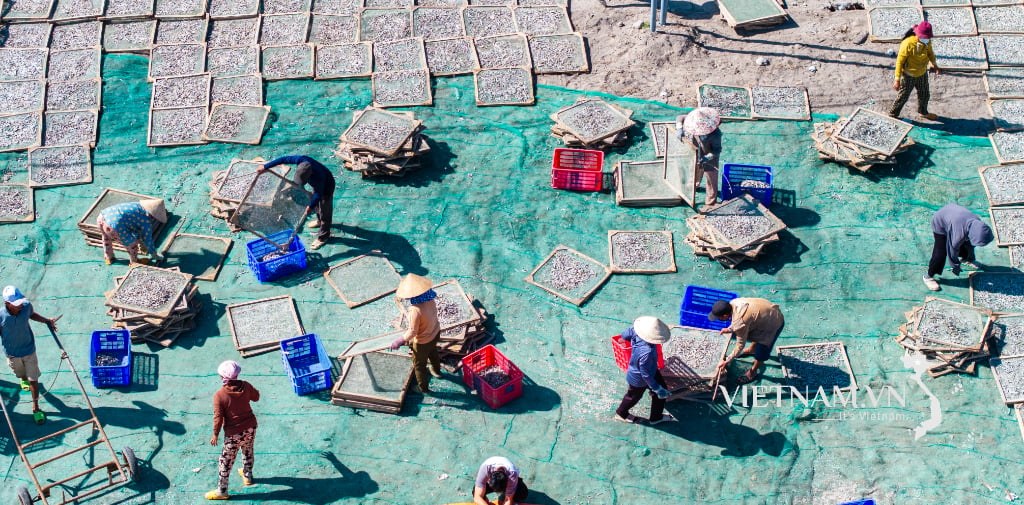
Comment (0)